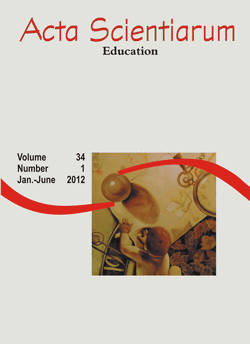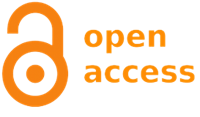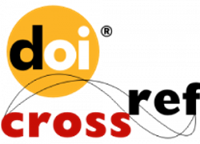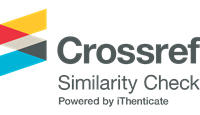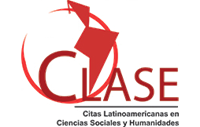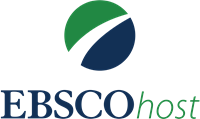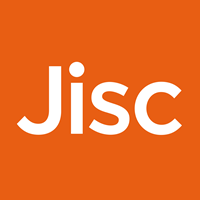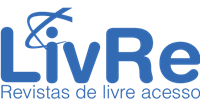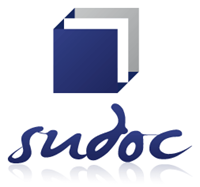<b>Alternative communication in an amyotrophic lateral sclerosis case: a mediated educational experience for humanization</b> - doi: 10.4025/actascieduc.v34i1.14505
Abstract
Current analysis is a study on alternative and assisted communication to understand the care specifications of people with amyotrophic lateral sclerosis. The study results from a teaching project Olhar que fala [Eyes that speak], supported by the State University of Maringá (April - October 2010) funded by Historical and Cultural Psychology. The latter considers language as an essential condition for humanization and current study aims at finding alternatives for the expression of thought by people disease-hindered to establish effective oral, verbal, written and sign communication. Methodology used was the register of letters printed on a frame so that the diseased person might indicate the letters by eye movements with a subsequent composition of words and phrases by a mediating researcher. Mediation was undertaken by undergraduates of the Pedagogy Course of the State University of Maringá. Results show that the appropriation activities of contents by the diseased persons could be maintained since they were not deprived of consciousness, hearing and sight. The process also allowed the objectivization of contents and the testing of a low-tech alternative communication for people with amyotrophic lateral sclerosis.
Downloads

This work is licensed under a Creative Commons Attribution 4.0 International License.
DECLARATION OF ORIGINALITY AND COPYRIGHTS
I declare that this article is original and has not been submitted for publication in any other national or international journal, either in part or in its entirety.
The copyright belongs exclusively to the authors. The licensing rights used by the journal are the Creative Commons Attribution 4.0 (CC BY 4.0) license: sharing (copying and distributing the material in any medium or format) and adaptation (remixing, transforming, and building upon the material thus licensed for any purpose, including commercial purposes) are permitted.
It is recommended that you read this link for more information on the subject: providing credits and references correctly, among other crucial details for the proper use of the licensed material.



